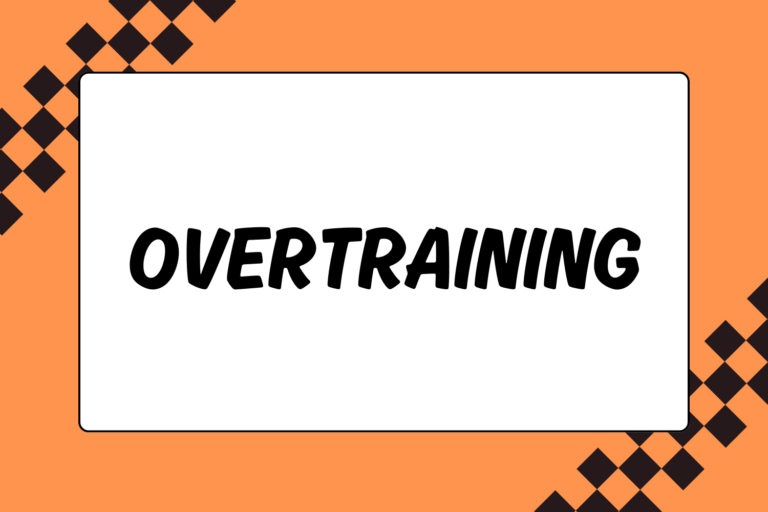The steeplechase requires a great deal of well-rounded athleticism. Accordingly, it appeals to the athlete who likes a challenge, and who has a bit more coordination than the average distance runner. Good steeplechasers typically posses a blend of both speed and endurance.
The Basics
In the 3000 meter (m) steeplechase there are 35 total barriers: 28 hurdle jumps and 7 water jumps. The deepest part of the water pit is about 70 centimeters (cm) and is lined with a synthetic surface so spikes can grip the bottom.
The Right Approach
About 12 steps before the barrier, you should start mentally preparing to hurdle. Taking off too near or too far away will force you to use excess energy or slow you down. Accelerate slightly toward the barrier while maintaining control. With practice, your body will learn to adjust steps naturally to put you in a good position for hurdling.
As a steeplechaser, you cannot be afraid or nervous going over the barriers. Hesitation can slow you down, or worse, cause a fall.
Hot Tip: Where to Takeoff
If you’re new to hurdling, try to mix up your approach practice. Practice hurdling at various paces. If possible, try going over some barriers in a group of other runners. Both of these will affect the distance from the barrier you will take off at. They will also mirror variations you are likely to experience in a race.
Hurdle the Barriers
Steeplechase hurdling form is similar to the technique used in the 400m hurdle race, with three major differences. First, you are going slower, so you will take off closer to the barrier. Second, you will use a less aggressive hurdle technique: You don’t have to count steps, and you will be slightly closer to jumping than hurdling (in other words, your body should lean forward less drastically than a sprint hurdler’s). Finally, you will have to deal with a different type of fatigue at the end of the race.
Here’s a breakdown of basic hurdle form:
Lead leg: The lead leg drives forward and extends with the ankle dorsiflexed. The opposite arm of your lead leg should be held at a 90 degree angle at about shoulder height. Thrusting this arm forward will cause your lead leg to respond in a similar fashion. Keep your other arm close to your body, just like in regular running form.
Trail leg: When your lead leg starts to come up to clear the barrier, your trail leg should start to bend as well. The heel of your trail leg should come up toward your buttocks, while your toes should point out to the side. Your lower leg should look like a figure-7, and should stay close to your body. Think of hurdling, and especially bringing the trail leg over the barrier, as a continuation of your stride.
Clearance: Your lead leg should come down first. Continuing to drive the motion with your arms will force your legs to follow. This can help make a clean transition back into running form upon landing. After clearing the barrier, immediately resume running. Do not slow down.
Beginning steeplechasers will sometimes step on the barrier. You should wean yourself off stepping on the barriers as soon as possible. It is less efficient than hurdling the barriers. However, there will be times at the end of a steeplechase when stepping a barrier or two is unavoidable.
Mental Edge
When first learning to navigate the barriers, try using the mental cue “stay low.” Pretend that you are jumping up onto the barrier with the intent of landing on your lead leg in crouched position, keeping your weight as low as possible. This “low weight” feeling is the same as in the water jump. Try doing this a few times. Then, keeping your weight low and your approach the same, imagine that your lead foot just barely overshoots the barrier. From here, you’ll have a basic hurdle form to work with.
Do Not Fear the Water Jump
Approach the water jump as you would the other barriers, but jump/step up to the barrier instead of hurdling it, so that you land on the foot of your lead leg. Keep your body weight as low as possible. Try to hit the back of the barrier with your heel so that your foot can roll to the front of the barrier as your body moves over it.
Once you’ve got your weight over the barrier, all that’s left is getting down. Most beginning steeplechasers make the mistake of jumping up off the barrier. Instead, try to push your body forward. Think of directing your momentum slightly downward so you actually end up going forward. The primary goal is to maintain as much forward momentum as possible. A good rule of thumb is to land with one foot in the water, and to have the following step be back on dry land.
Above All
Be aggressive! In practice, it’s vital to break down the steeplechase into its basic skills. However, once you’re in the race you won’t have time to think of more than a few simple concepts. If your mind is telling you to just get over and continue running as fast as possible, your body will follow and put to use what it has learned in practice.





